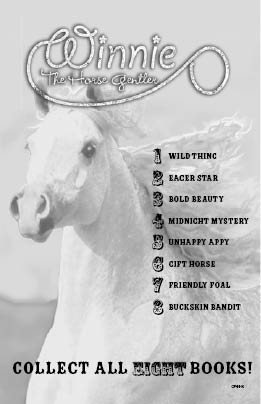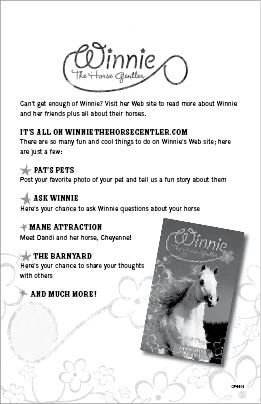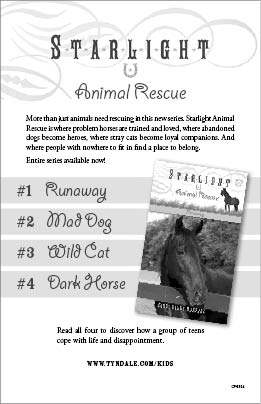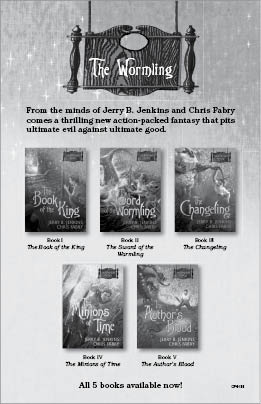Bold Beauty (16 page)

Tail held highâ
A horse who holds its tail high may be proud to be a horse!
Possible translations:
Get a load of me! Hey! Look how gorgeous I am! I'm so amazing that I just may hightail it out of here!
Clamped-down tailâ
Fear can make a horse clamp its tail to its rump.
Possible translations:
I don't like this; it's scary. What are they going to do to me? Can't somebody help me?
Pointed tail swatâ
One sharp, well-aimed swat of the tail could mean something hurts there.
Possible translations:
Ouch! That hurts! Got that pesky fly.
OTHER SIGNALS
Pay attention to other body language. Stamping a hoof may mean impatience or eagerness to get going. A rear hoof raised slightly off the ground might be a sign of irritation. The same hoof raised, but relaxed, may signal sleepiness. When a horse is angry, the muscles tense, back stiffens, and the eyes flash, showing extra white of the eyeballs. One anxious horse may balk, standing stone still and stiff legged. Another horse just as anxious may dance sideways or paw the ground. A horse in pain might swing its head backward toward the pain, toss its head, shiver, or try to rub or nibble the sore spot. Sick horses tend to lower their heads and look dull, listless, and unresponsive.
As you attempt to communicate with your horse and understand what he or she is saying, remember that different horses may use the same sound or signal, but mean different things. One horse may flatten her ears in anger, while another horse lays back his ears to listen to a rider. Each horse has his or her own language, and it's up to you to understand.
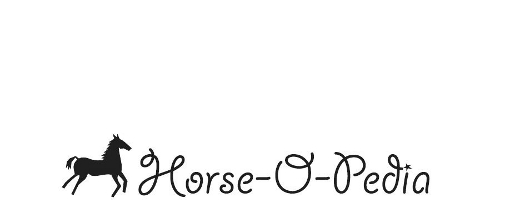
American Saddlebred (or American Saddle Horse)â
A showy breed of horse with five gaits (walk, trot, canter, and two extras). They are usually high-spirited, often high-strung; mainly seen in horse shows.
Appaloosaâ
Horse with mottled skin and a pattern of spots, such as a solid white or brown with oblong, dark spots behind the withers. They're usually good all- around horses.
Arabianâ
Believed to be the oldest breed or one of the oldest. Arabians are thought by many to be the most beautiful of all horses. They are characterized by a small head, large eyes, refined build, silky mane and tail, and often high spirits.
Bayâ
A horse with a mahogany or deep brown to reddish-brown color and a black mane and tail.
Blind-ageâ
Without revealing age.
Buckâ
To thrust out the back legs, kicking off the ground.
Buckskinâ
Tan or grayish-yellow-colored horse with black mane and tail.
Cattle-pony stopâ
Sudden, sliding stop with drastically bent haunches and rear legs; the type of stop a cutting, or cowboy, horse might make to round up cattle.
Chestnutâ
A horse with a coat colored golden yellow to dark brown, sometimes the color of bays, but with same-color mane and tail.
D ringâ
The D-shaped, metal ring on the side of a horse's halter.
English Ridingâ
The style of riding English or Eastern or Saddle Seat, on a flat saddle that's lighter and leaner than a Western saddle. English riding is seen in three- gaited and five-gaited Saddle Horse classes in horse shows. In competition, the rider posts at the trot and wears a formal riding habit.
Gaitâ
Set manner in which a horse moves. Horses have four natural gaits: the walk, the trot or jog, the canter or lope, and the gallop. Other gaits have been learned or are characteristic to certain breeds: pace, amble, slow gait, rack, running walk, etc.
Geldingâ
An altered male horse.
Hackamoreâ
A bridle with no bit, often used for training Western horses.
Halterâ
Basic device of straps or rope fitting around a horse's head and behind the ears. Halters are used to lead or tie up a horse.
Leadropeâ
A rope with a hook on one end to attach to a horse's halter for leading or tying the horse.
Lipizzanerâ
Strong, stately horse used in the famous Spanish Riding School of Vienna. Lipizzaners are born black and turn gray or white.
Lunge line (longe line)â
A very long lead line or rope, used for exercising a horse from the ground. A hook at one end of the line is attached to the horse's halter, and the horse is encouraged to move in a circle around the handler.
Mareâ
Female horse.
Morganâ
A compact, solidly built breed of horse with muscular shoulders. Morgans are usually reliable, trustworthy horses.
Mustangâ
Originally, a small, hardy Spanish horse turned loose in the wilds. Mustangs still run wild in protected parts of the U.S. They are suspicious of humans, tough, hard to train, but quick and able horses.
Paddockâ
Fenced area near a stable or barn; smaller than a pasture. It's often used for training and working horses.
Paintâ
A spotted horse with Quarter Horse or Thoroughbred bloodlines. The American Paint Horse Association registers only those horses with Paint, Quarter Horse, or Thoroughbred registration papers.
Palominoâ
Cream-colored or golden horse with a silver or white mane and tail.
Palouseâ
Native American people who inhabited the WashingtonâOregon area. They were hightly skilled in horse training and are credited with developing the Appaloosas.
Pintoâ
Spotted horse, brown and white or black and white. Refers only to color. The Pinto Horse Association registers any spotted horse or pony.
Przewalskiâ
Perhaps the oldest breed of primitive horse. Also known as the Mongolian Wild Horse, the Przewalski Horse looks primitive, with a large head and a short, broad body.
Quarter Horseâ
A muscular “cowboy” horse reminiscent of the Old West. The Quarter Horse got its name from the fact that it can outrun other horses over the quarter mile. Quarter Horses are usually easygoing and good-natured.
Rearâ
To suddenly lift both front legs into the air and stand only on the back legs.
Roanâ
The color of a horse when white hairs mix with the basic coat of black, brown, chestnut, or gray.
Sorrelâ
Used to describe a horse that's reddish (usually reddish-brown) in color.
Stallionâ
An unaltered male horse.
Standardbredâ
A breed of horse heavier than the Thoroughbred, but similar in type. Standardbreds have a calm temperament and are used in harness racing.
Tackâ
Horse equipment (saddles, bridles, halters, etc.).
Thoroughbredâ
The fastest breed of horse in the world, they are used as racing horses. Thoroughbreds are often high-strung.
Tie shortâ
Tying the rope with little or no slack to prevent movement from the horse.
Trakehnerâ
Strong, dependable, agile horse that can do it allâshow, dressage, jump, harness.
Western Ridingâ
The style of riding as cowboys of the Old West rode, as ranchers have ridden, with a traditional Western saddle, heavy, deep-seated, with a raised saddle horn. Trail riding and pleasure riding are generally Western; more relaxed than English riding.
Wind suckingâ
The bad, and often dangerous, habit of some stabled horses to chew on fence or stall wood and suck in air.
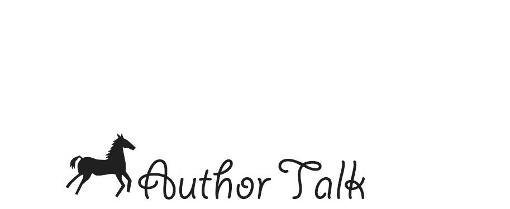
Dandi Daley Mackall grew up riding horses, taking her first solo bareback ride when she was three. Her best friends were Sugar, a Pinto; Misty, probably a Morgan; and Towaco, an Appaloosa; along with Ash Bill, a Quarter Horse; Rocket, a buckskin; Angel, the colt; Butch, anybody's guess; Lancer and Cindy, American Saddlebreds; and Moby, a white Quarter Horse. Dandi and husband, Joe; daughters, Jen and Katy; and son, Dan (when forced) enjoy riding Cheyenne, their Paint. Dandi has written books for all ages, including Little Blessings books, Degrees of Guilt:
Kyra's Story,
Degrees of Betrayal:
Sierra's Story, Love Rules,
and
Maggie's Story.
Her books (about 400 titles) have sold more than 4 million copies. She writes and rides from rural Ohio.
Visit Dandi at www.dandibooks.com
